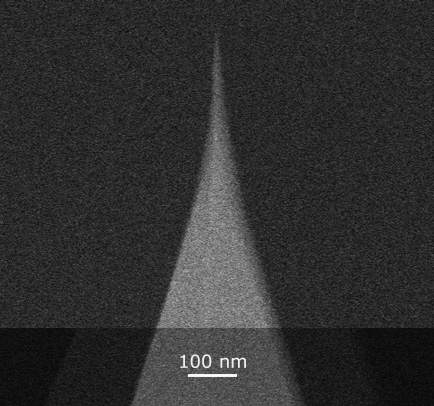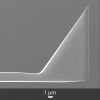

Quasi-one-dimensional metallic conduction channels in exotic ferroelectric topological defectsFri Mar 19 2021


Happy birthday, Albert Einstein!Mon Mar 15 2021

Screencast Overview about all NanoWorld AFM probes series reaches 500 views markFri Mar 12 2021


Photothermal excitation efficiency enhancement demonstrated on OPUS 1160AC-NG by deposited carbon thin filmsMon Mar 08 2021


Studying Plant Cell Wall Stiffness Gradients Using AFM Nano-IndentationSun Feb 28 2021
Discover how nanotools biosphere™ with 100 nm radius, biotool hi-res, and SSS-FMR with 2-3 nm radius and are applied for imaging and force spectroscopy.


a long way…Fri Feb 26 2021
Last year, NanoWorld celebrated 20 years since foundation and of providing innovative and novel AFM tips to the world. Due to known unfortunate circumstances there was not much of a celebration possible. However, we added a tiny gimmick to our website.
Have a look and check it out https://www.nanoworld.com/.


Tissue mechanics and expression of TROP2 in oral squamous cell carcinoma with varying differentiationTue Feb 23 2021

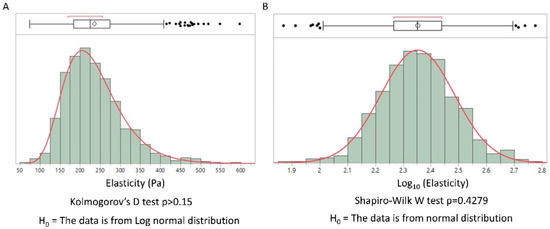
A Universal Model for the Log-Normal Distribution of Elasticity in Polymeric Gels and Its Relevance to Mechanical Signature of Biological TissuesTue Feb 16 2021


OPUS 160AC-NG AFM probes used in a recent study.Mon Feb 15 2021

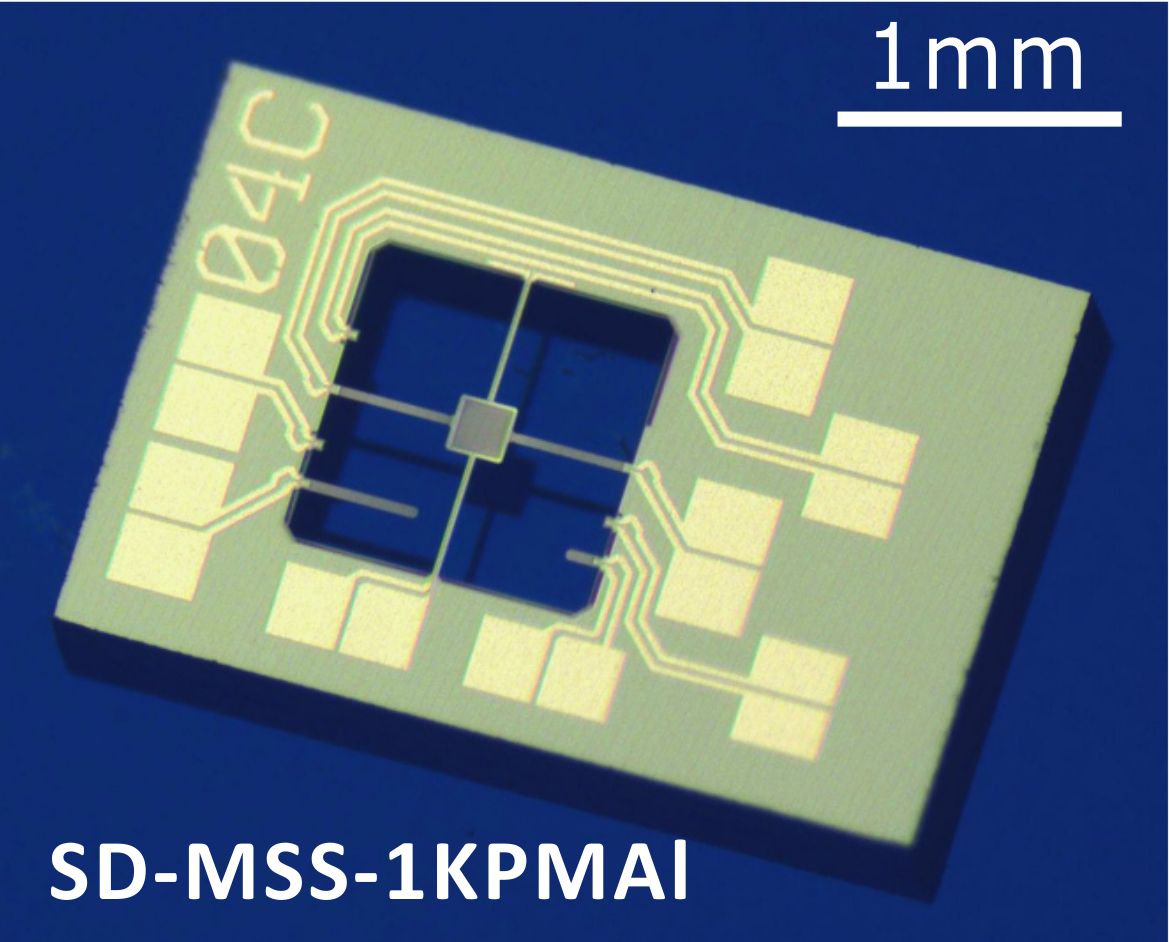
Two New MSS Sensors for Torque Magnetometry added to NANOSENSORS™ Special Developments ListMon Feb 15 2021

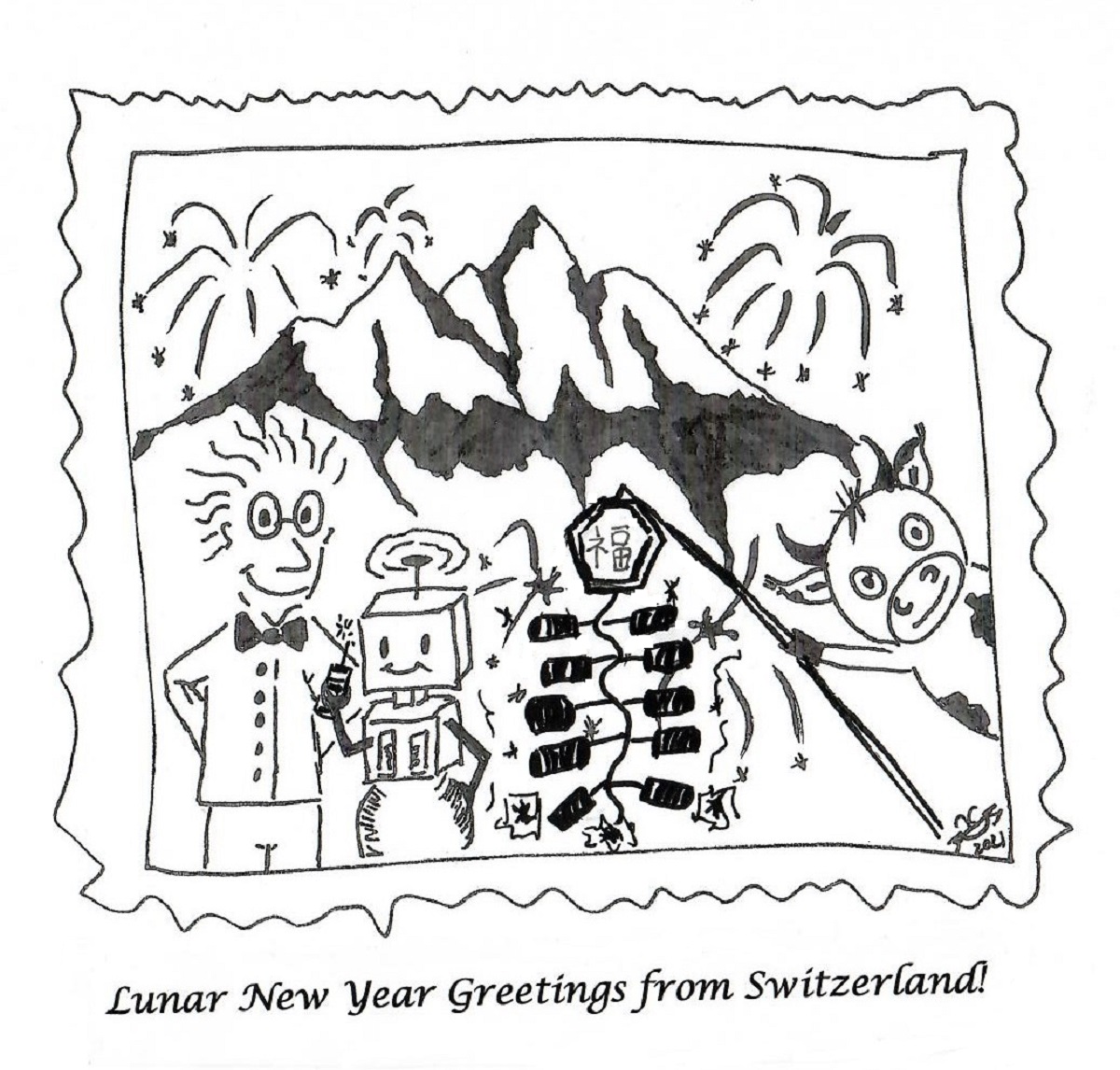




Amphiphilic Poly(dimethylsiloxane-ethylene-propylene oxide)-polyisocyanurate Cross-Linked Block Copolymers in a Membrane Gas SeparationMon Feb 08 2021

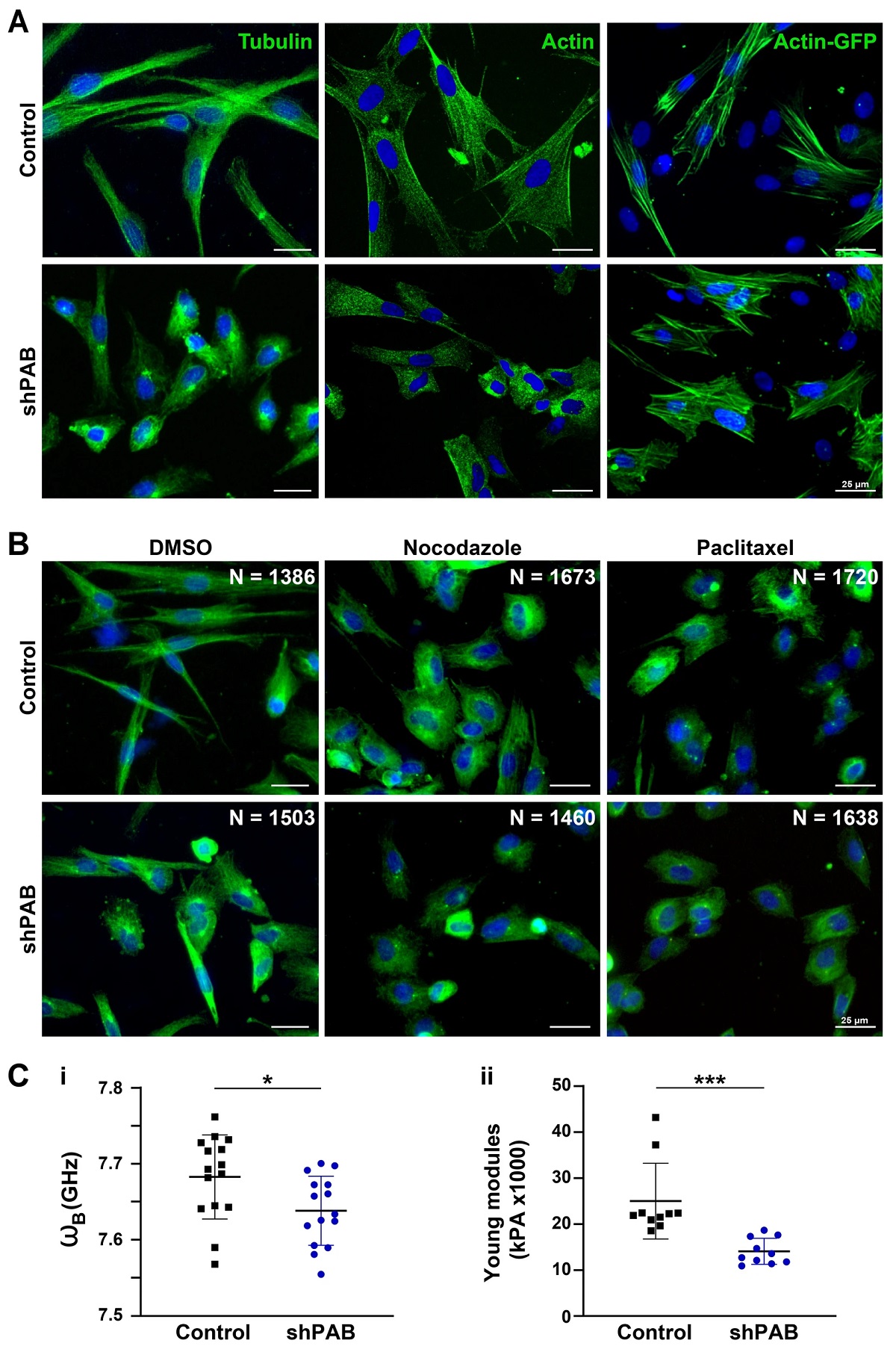
Cytoskeletal disorganization underlies PABPN1-mediated myogenic disabilityWed Feb 03 2021


Crystallography of BudgetSensors® silicon AFM probesMon Feb 01 2021
Did you know that BudgetSensors® silicon AFM probes are made of single-crystal silicon, which has the exact same crystalline structure as diamond? The orientation of the crystal is always the same. The surface of the AFM cantilever is a (100) plane and the AFM cantilever long axis points in the direction.
#AFMProbes #AtomicForceMicroscopy #Crystallography


Multiswitchable photoacid–hydroxyflavylium–polyelectrolyte nano-assembliesFri Jan 29 2021

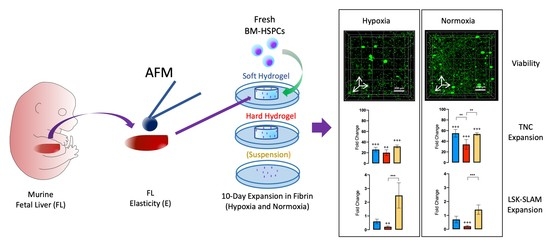
NanoAndMore colloidal AFM probes CP-PNPL-BSG-C used in a recent researchMon Jan 25 2021


In‐situ force measurement during nano‐indentation combined with Laue microdiffractionFri Jan 22 2021


MikroMasch® presents the new 2021 poster!Wed Jan 06 2021



